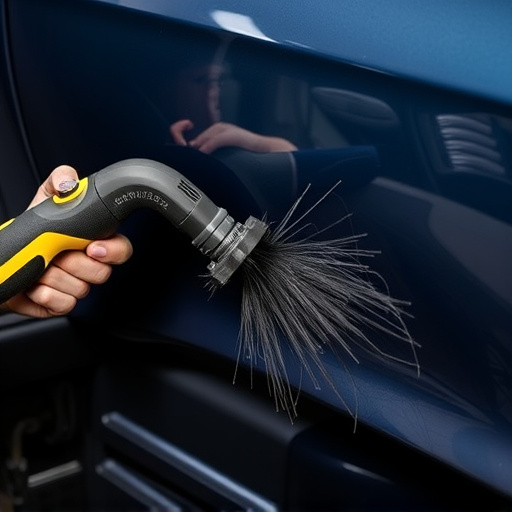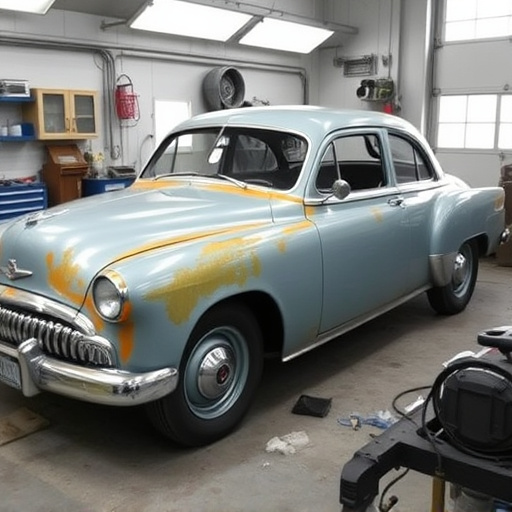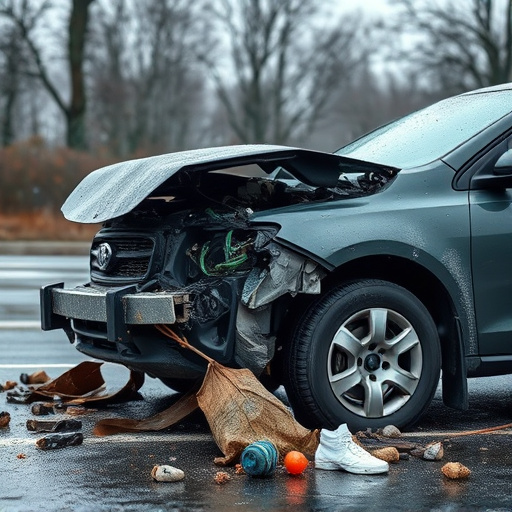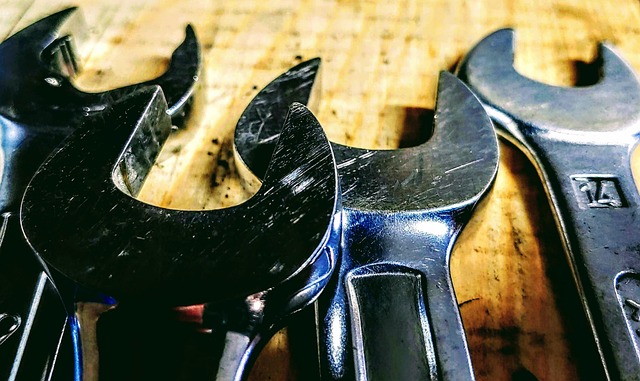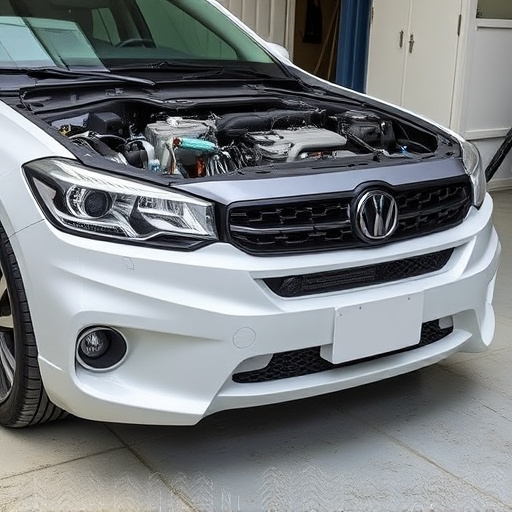Urban logistics excel with efficient towing to collision centers via GPS and dispatch systems, while rural areas face challenges like remote locations and limited facilities, requiring careful planning. These factors significantly influence customer experiences and insurance claims processing for towing to collision centers, whether in urban or rural settings.
In urban areas, efficient towing logistics are crucial for swift transportation of vehicles to collision centers. However, rural locations present unique challenges due to sparse populations and limited infrastructure, impacting both cost and time. This article delves into these contrasting scenarios, examining the specific considerations for towing to collision centers in urban versus rural settings. By understanding these differences, fleet managers can optimize their operations, ensuring effective and economical vehicle recovery processes.
- Urban Collision Centers: Efficient Towing Logistics
- Rural Challenges: Unique Towing Considerations
- Comparative Analysis: Cost and Time Impact
Urban Collision Centers: Efficient Towing Logistics

In urban settings, towing to a collision center is characterized by efficient logistics and robust infrastructure. Urban collision centers are strategically located in dense areas, allowing for quick response times when vehicles experience breakdowns or accidents. Advanced GPS tracking and well-organized dispatch systems enable tow truck operators to navigate through heavy traffic with precision, ensuring that damaged vehicles reach the collision center promptly. This efficiency is further enhanced by dedicated lanes for emergency vehicles, streamlining the process and minimizing delays.
Additionally, urban collision centers often feature state-of-the-art facilities designed to handle a high volume of repairs. With specialized equipment and skilled technicians, these centers can address a wide range of automotive collision repair needs, from minor scratch repairs to major structural overhauls. The availability of diverse services under one roof makes the process seamless for vehicle owners, offering convenience and peace of mind during what could be a stressful experience.
Rural Challenges: Unique Towing Considerations

In rural locations, towing to a collision center presents unique challenges that differ significantly from urban settings. One of the primary considerations is the limited access to well-maintained roads, which can make transport more difficult and time-consuming. Narrow, winding, or unpaved roads often require specialized towing equipment capable of navigating these conditions safely. Additionally, rural areas typically have fewer collision centers, leading to longer tow distances and potential delays in getting vehicles to a repair facility.
Another challenge is the reduced population density, which means less immediate access to resources like backup tow trucks or readily available collision repair shops (car repair shop/collision repair shop). In these scenarios, quick response times may be harder to achieve, and repairs could take longer due to the need for specialized parts or skilled labor. These factors underscore the importance of proper planning and communication when towing vehicles to a collision center in rural locations.
Comparative Analysis: Cost and Time Impact

In urban locations, towing a vehicle to a collision center is often a more complex and expensive process compared to rural settings. The higher density of population means that tow trucks face more congested roads, which can extend the time taken for the journey. Additionally, urban areas frequently have dynamic traffic patterns, leading to potential delays caused by accidents or construction sites. These factors contribute to higher towing costs in cities due to increased labor and equipment requirements.
Conversely, rural areas present a different set of challenges. While travel times might be shorter, remote locations can make it difficult for tow trucks to locate the exact site of an accident. Moreover, fewer body shop services and auto glass repair facilities in these regions may limit options for vehicle drop-off and pickup. As a result, rural towing experiences can lead to both time and cost variations compared to urban collisions, influencing customer choices and insurance claims processing.
In conclusion, understanding the distinctions between urban and rural towing to collision centers is vital for efficient logistics management. Urban environments present streamlined processes due to dense infrastructure and accessible services, while rural areas pose unique challenges related to limited resources and extensive distances. A comparative analysis reveals significant variations in cost and time, emphasizing the need for tailored strategies. By recognizing these differences, towing companies can optimize their operations, ensuring faster response times and cost-effective solutions, ultimately enhancing customer satisfaction across diverse landscapes.


